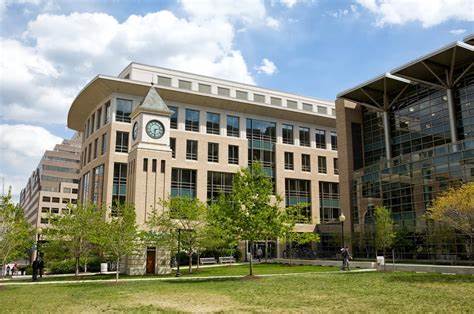This is the VOA Special English Education Report.
Teachers in eight nations and Hong Kong are taking part in an unusual exchange of information. They are sharing excellent work by their students in mathematics and science. The program is called Schools Around the World.
Teachers taking part in the program use computer technology to exchange work by students. One goal is to develop and continue student excellence in mathematics and science. Another is to improve the skills of teachers in the program. A national organization called the Council for Basic Education in Washington, D.C. operates Schools Around the World.
Carol Stoel (STOLE) directs the program. She says about five-hundred teachers are involved in Schools Around the World. These teachers take part in the program after being trained.
Schools Around the World enables educators separated by distance to communicate by computer. They increase knowledge about the subjects they teach. They also learn new ways of measuring student learning and progress.
Schools Around the World committee members meet two times each year to help guide the organization. Members are from Australia, the Czech Republic, France, Germany, Japan, Portugal, Britain, the United States and Hong Kong. The United States Department of Education helps support the program. So do large companies and organizations like the Knight Foundation.
The program also helps organize programs in schools and groups of schools in the United States. About twenty teachers from the same school often form a group to hold meetings. The head of the school and mathematics and science supervisors also attend these workshops.
Group members read student work provided through information bases on the Internet or on CD-ROMs. Members then examine their own educational goals. They consider the work they give students to reach those goals. They judge how well their students perform.
The teachers also exchange suggestions about methods and materials. They comment on the effectiveness of each other’s teaching.Educators who have been in the program praise Schools Around the World for helping them improve their skills.
You can find out more about Schools Around the World by visiting its Web site. The address is www.s-a-w.org. Again, the address: w-w-w dot s-hyphen-a-hyphen-w dot o-r-g.
This VOA Special English Education Report was written by Jerilyn Watson.
